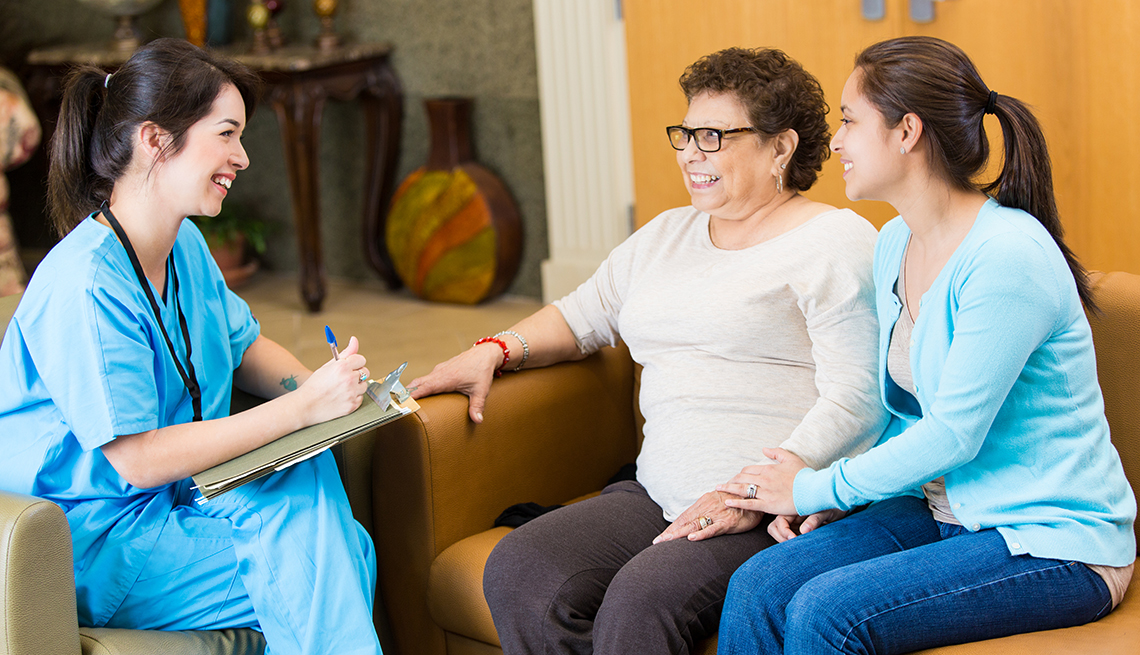
The Future of Family Caregiver Support Is Diverse and Inclusive
- Select a language for the TTS:
- UK English Female
- UK English Male
- US English Female
- US English Male
- Australian Female
- Australian Male
- Language selected: (auto detect) - EN
Play all audios:
SDI Productions/Getty Images Facebook Twitter LinkedIn
For 20 years, I've studied caregiving. In 2010, I became a family caregiver for my mother and, soon after, a professional caregiver advocate. My life revolves around caregivers, so I read
and watch everything I can about the world of caregiving.
At some point, I couldn't help notice how the media portrayed caregivers. They matched what has traditionally been described as the "average” caregiver. Female. Middle-aged. Middle class.
And white.
I observed that most movies, shows and books about caregiving depict white families in white neighborhoods (think: Steel Magnolias, The Notebook). Usually, they're wealthy. They have nice
gardens and lakes with docks and in-home nurses. And, often, relatives who can take weeks off of work to visit while the family decides whether to send their loved one to a nursing home
(that they can pay for!). I am a white, female, middle class woman, and those depictions do not represent my caregiving experiences. In fact, I don't believe they represent most caregiver
experiences.
Improve the researchIt's not just how caregivers are portrayed. It's also how they are studied. In the past, caregiving research centered around Caucasian caregivers. There was a "major deficit” in research
regarding nonwhite caregivers. Over time, there has been an evolving body of scientific and social research that explores the needs and experiences of all variations and circumstances of
caregiving. And yet, the common depictions of caregivers and outreach efforts to the caregiving population has not yet caught up to the reality of caregiving in America and certainly not to
the reality of the upcoming caregiving cliff. AARP has recognized the need to speak to diverse communities and has created guides catered to Chinese, Spanish, Asian American, LGBT and
military caregivers.